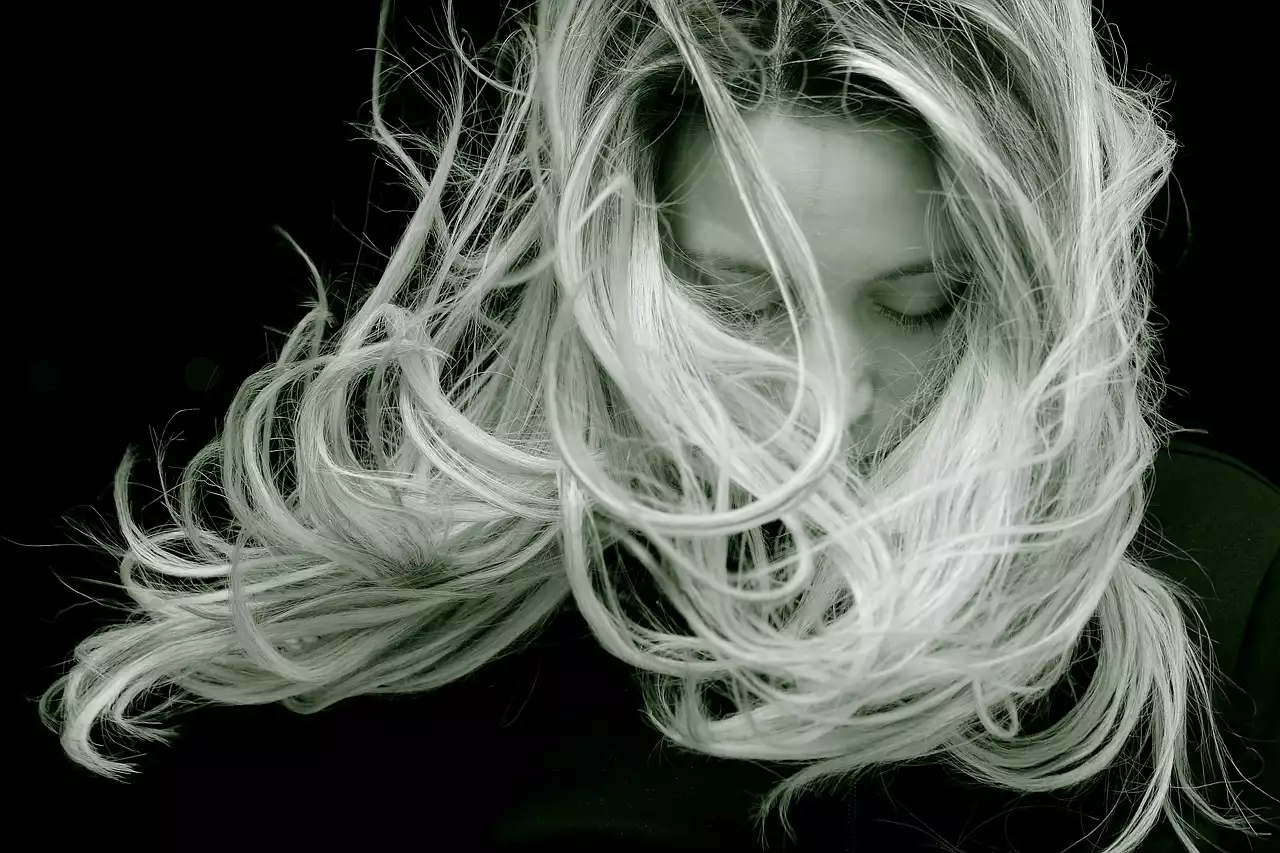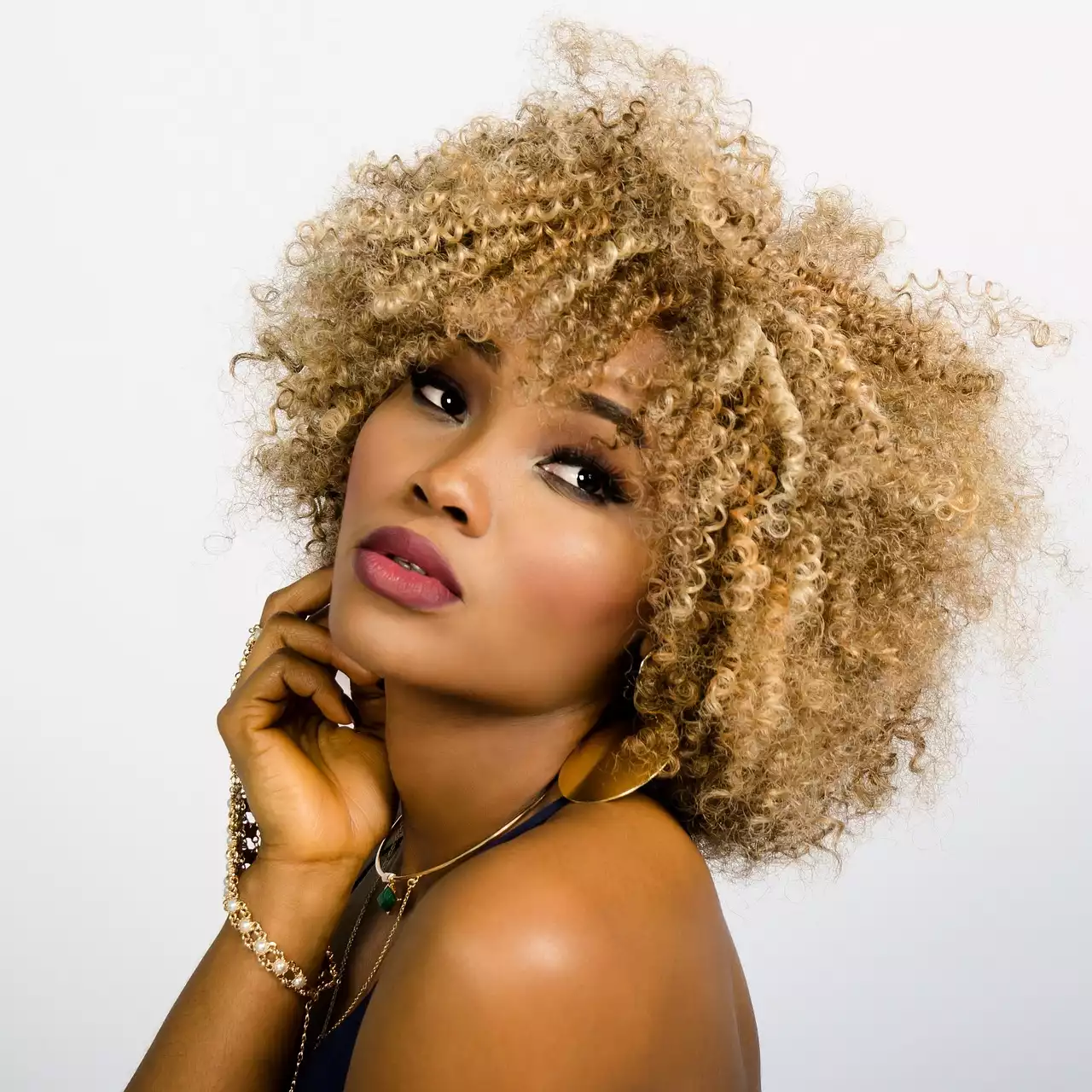Why is it important to know your hair type?
Your hair is your crowning glory, and it's essential to know what type of hair you have to take proper care of it. Understanding your hair type is crucial because it can help you choose the right products and styling techniques that work best for you. Whether you have straight, wavy, curly, or coily hair, knowing your hair type can help you address any hair concerns you might have.
For instance, if you have naturally dry hair, you might need to use products that provide extra moisture to prevent breakage and split ends. On the other hand, if your hair is prone to oiliness, you may need to avoid using heavy oil-based hair products that could weigh your hair down. Knowing your hair type can also help you avoid hair damage caused by over-styling, heat damage, or chemical treatments.
In summary, understanding your hair type is vital to maintaining healthy and beautiful hair. It can help you choose the right products, address hair concerns, and prevent hair damage.
Hair type classification systems
Hair type classification systems are used to group hair types into different categories based on specific characteristics. The most commonly used hair type classification system was developed by Andre Walker, Oprah Winfrey's hairstylist. He categorized hair types into four categories: straight, wavy, curly, and coily. Other classification systems have also been developed, such as the LOIS system and the FIA system.
The LOIS system categorizes hair types based on their curl pattern, hair strand size, and hair density. The FIA system categorizes hair types based on their curl pattern, hair strand thickness, and overall volume. Although there are different hair type classification systems out there, the Andre Walker system is the most commonly used and easiest to understand.
Factors to consider when identifying your hair type - texture, density, porosity, and elasticity
When it comes to identifying your hair type, there are four main factors to consider: texture, density, porosity, and elasticity. These factors determine how your hair looks and behaves and can help you choose the right products and styling techniques that work best for you.
Texture - Hair texture refers to the shape and size of your hair strands. It can be classified as fine, medium, or coarse. Fine hair strands are thin and delicate, while coarse hair strands are thick and robust. Medium hair strands fall somewhere in between. Hair texture is essential in determining how your hair responds to styling techniques and products.
Density - Hair density refers to the number of hair strands on your head. It can be classified as thin, medium, or thick. Thin hair has fewer hair strands per square inch, while thick hair has more hair strands per square inch. Hair density is essential in determining how much product you should use and how much heat you should apply when styling your hair.
Porosity - Hair porosity refers to how well your hair can absorb and retain moisture. It can be classified as low, medium, or high. Low porosity hair has a tightly closed cuticle layer, making it difficult for moisture to penetrate. High porosity hair has a damaged cuticle layer, making it easy for moisture to enter but difficult to retain. Medium porosity hair is somewhere in between. Hair porosity is essential in determining the types of products and ingredients that work best for your hair.
Elasticity - Hair elasticity refers to how well your hair can stretch and return to its original shape without breaking. It can be classified as low, medium, or high. Low elasticity hair breaks easily and is prone to damage, while high elasticity hair is more resilient and can withstand stretching without breaking. Hair elasticity is essential in determining how much tension you should apply when styling your hair.
How to determine your hair texture
Determining your hair texture is relatively easy. Take a single strand of hair and roll it between your fingers. If the strand is barely visible, you have fine hair texture. If the strand is visible but not too thick, you have medium hair texture. If the strand is thick and easily visible, you have coarse hair texture.
Another way to determine your hair texture is to look at your hair in the mirror. Fine hair appears silky and shiny, while coarse hair appears dull and rough. Medium hair falls somewhere in between.
How to determine your hair density
Determining your hair density requires a bit more effort. Start by parting your hair down the middle and examining the roots. If you can see your scalp clearly, you have thin hair density. If you can see some scalp, but not all of it, you have medium hair density. If you can't see your scalp at all, you have thick hair density.
Another way to determine your hair density is to gather a section of hair and hold it up to the light. If you can see through the section of hair, you have thin hair density. If the section of hair looks dense, you have medium hair density. If the section of hair looks very dense, you have thick hair density.
How to determine your hair porosity
Determining your hair porosity is easy. Take a strand of hair and place it in a bowl of water. If the hair floats on top, you have low porosity hair. If the hair sinks to the bottom, you have high porosity hair. If the hair sinks slowly, you have medium porosity hair.
Another way to determine your hair porosity is to examine the condition of your hair. If your hair feels rough and dry, you may have low porosity hair that doesn't absorb moisture well. If your hair feels soft and moisturized, you may have high porosity hair that absorbs moisture quickly but can't retain it. If your hair feels balanced and healthy, you may have medium porosity hair that absorbs and retains moisture well.
How to determine your hair elasticity
Determining your hair elasticity is straightforward. Take a strand of hair and gently stretch it. If the hair stretches without breaking and returns to its original shape, you have high elasticity hair. If the hair stretches but doesn't return to its original shape and breaks easily, you have low elasticity hair. If the hair stretches slightly and returns to its original shape without breaking, you have medium elasticity hair.
Another way to determine your hair elasticity is to examine how your hair behaves when wet. If your hair stretches easily when wet and returns to its original shape without breaking, you have high elasticity hair. If your hair doesn't stretch much when wet and breaks easily, you have low elasticity hair. If your hair stretches a bit when wet and returns to its original shape without breaking, you have medium elasticity hair.
Hair care tips for different hair types - straight, wavy, curly, and coily
Once you have identified your hair type, it's essential to choose the right products and styling techniques that work best for you. Here are some hair care tips for different hair types:
Straight hair - Straight hair is the easiest hair type to manage, but it's also prone to oiliness and limpness. Use a clarifying shampoo to remove excess oil and a volumizing conditioner to add body. Use a round brush when blow-drying to add volume and create a bouncy look.
Wavy hair - Wavy hair can be challenging to manage because it's neither straight nor curly. Use a curl-enhancing shampoo and conditioner to define your waves and add moisture. Use a diffuser attachment when blow-drying to enhance your waves without causing frizz.
Curly hair - Curly hair is prone to dryness and frizz, so it's essential to use products that provide extra moisture and definition. Use a sulfate-free shampoo and a deep conditioning treatment once a week. Use a leave-in conditioner and a curl-defining cream to enhance your curls.
Coily hair - Coily hair is the most delicate hair type and requires extra care and attention. Use a sulfate-free shampoo and a deep conditioning treatment once a week. Use a leave-in conditioner and a lightweight oil to add moisture and shine. Use a wide-tooth comb to detangle your hair gently.









